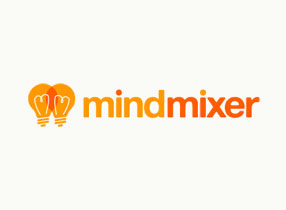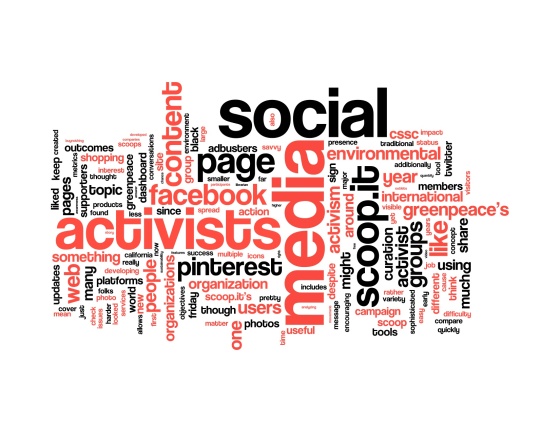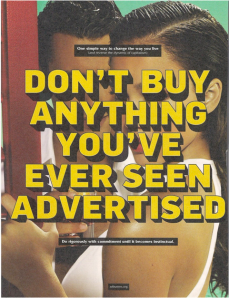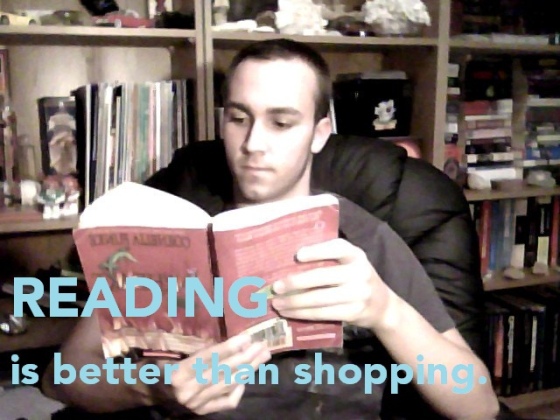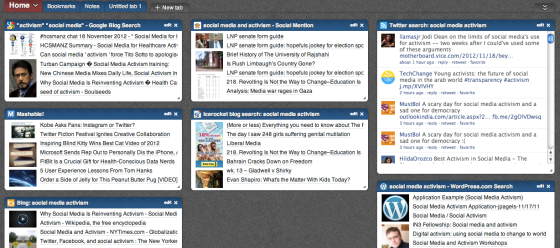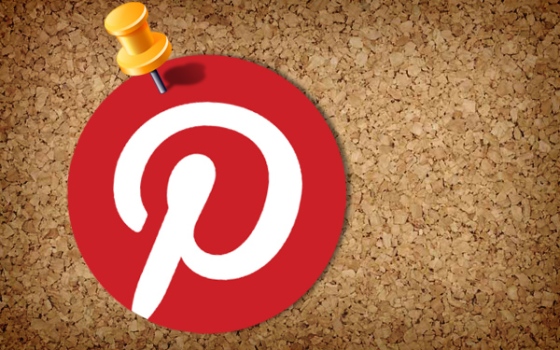No, I haven’t forgotten about the blog. I’ve just been busy moving, getting a job, and reading!
In fact, I wrote this post because wanted to talk about one of the books I just finished. While, technically, I read California Lieutenant Governor and ex-San Francisco mayor Gavin Newsom’s book Citizenville: How to Take the Town Square Digital and Reinvent Government for work, I was also interested in what he might have to say about changing the way governments interact with their constituents.
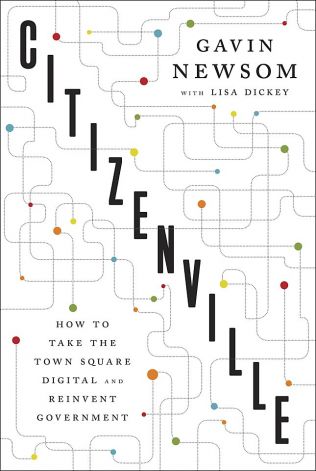 On the surface this might seem to have little to do with social media activism, but looking back through the activist movements I’ve profiled here on the blog – whether it was protesting legislation, like in the case of SOPA and PIPPA or efforts to overthrow authoritarian leaders, as in the Arab Spring – I noticed that most involved the government. After all, government is a big part of most people’s lives. Newsom raises this point stating that, “Government connects ever part of us-from the air we breathe, to the water we drink, to the lights that are on, to the road we drive on. We experience government every single day, directly and indirectly.” (p. 15) While most of the time we take these functions for granted, given the wide reach of the government, is it any wonder that people are constantly finding faults and reasons to protest against it? The activism around changing (or overthrowing) the government seems even more understandable if you accept Newsom’s premise that the government has failed to keep pace with the connected, digital age the rest of us are inhabiting.
On the surface this might seem to have little to do with social media activism, but looking back through the activist movements I’ve profiled here on the blog – whether it was protesting legislation, like in the case of SOPA and PIPPA or efforts to overthrow authoritarian leaders, as in the Arab Spring – I noticed that most involved the government. After all, government is a big part of most people’s lives. Newsom raises this point stating that, “Government connects ever part of us-from the air we breathe, to the water we drink, to the lights that are on, to the road we drive on. We experience government every single day, directly and indirectly.” (p. 15) While most of the time we take these functions for granted, given the wide reach of the government, is it any wonder that people are constantly finding faults and reasons to protest against it? The activism around changing (or overthrowing) the government seems even more understandable if you accept Newsom’s premise that the government has failed to keep pace with the connected, digital age the rest of us are inhabiting.
Throughout the book Newsom points to ways that governments can, and in some cases already are, using technology to empower constituents to take a more active role in the government and to better respond to their needs. He suggests opening up government data to the public, using contests and gaming theory to inspire innovation, and re-envisioning government as a platform on which individuals and the private sector can maximize creativity and usefulness (i.e. build government’s technology to enable for further development in much the same way that Eisenhower’s interstate highway system enabled the mail to travel more quickly and lead to the development of industries like fast food and trucking.) (1) Newsom envisions a ‘Citizenville’, modeled after the popular on-line game Farmville, where technology and gaming theory would make it easy and fun for people to look after their neighborhoods and where the government would be transformed from a top-down hierarchy into something powered from the bottom-up with little stratification.
While I tend to agree with Newsom’s suggestions (government data paid for by tax payers should be easily and freely accessible), I felt that the book might be oversimplifying some things for the sake of readability. I also found the second half to be somewhat repetitive and several of the anecdotes to be annoyingly self-aggrandizing. Also, as a self-described believer in big government, I was wary of the way that Newsom sometimes seemed to be advocating that governments to step back and allow for private entities to take on the lead on innovation. It’s easy to see why this is attractive but I worry that private citizens or companies might not have the best interest of the public and especially of the financially powerless/socially marginalized at heart.
These criticisms aside, though, I thought the book included some exciting ideas for ways to change government for the better (government coming out day, intergovernmental sharing and competition, etc). I was also inspired by passages such as this one: “here’s a radical thought: Maybe it’s not up to those of us in government to make this [shift to more citizen participation] happen. Maybe people should simply grab that power back rather than waiting for us to make it possible for them.” (p. 186) Sounds like a call for activism (and dare I say hacktivism…) to me!
Also, while Newsom was generally gung-ho about moving on-line and into the digital age (he argues that we’re there already and there and there’s no turning back), I appreciated that he raised some concerns about privacy and security but also about what he (following the lead of Eli Pariser who has a book by the same title) calls the “filter bubble.” This refers to the way that smart technologies and social media sites track our preferences and respond by showing us more of what we like rather than presenting us with information that might challenge our ideas. Lack of exposure to different viewpoints, whether intentional or determined by our social media technologies, should be a major concern for all web users, but particularly for activists!
Have you read Citizenville? If so, I would love to hear what you think. Does this book contain any lessons for activists using social media?
1. Cabanatuan, Michael. (2006). The interstate highway system at 50/America in the fast lane with no exit/Freeways have changed our way of life and given birth to new industries. San Francisco Chronicle. Retrieved from http://www.sfgate.com/news/article/THE-INTERSTATE-HIGHWAY-SYSTEM-AT-50-America-in-2516919.php
